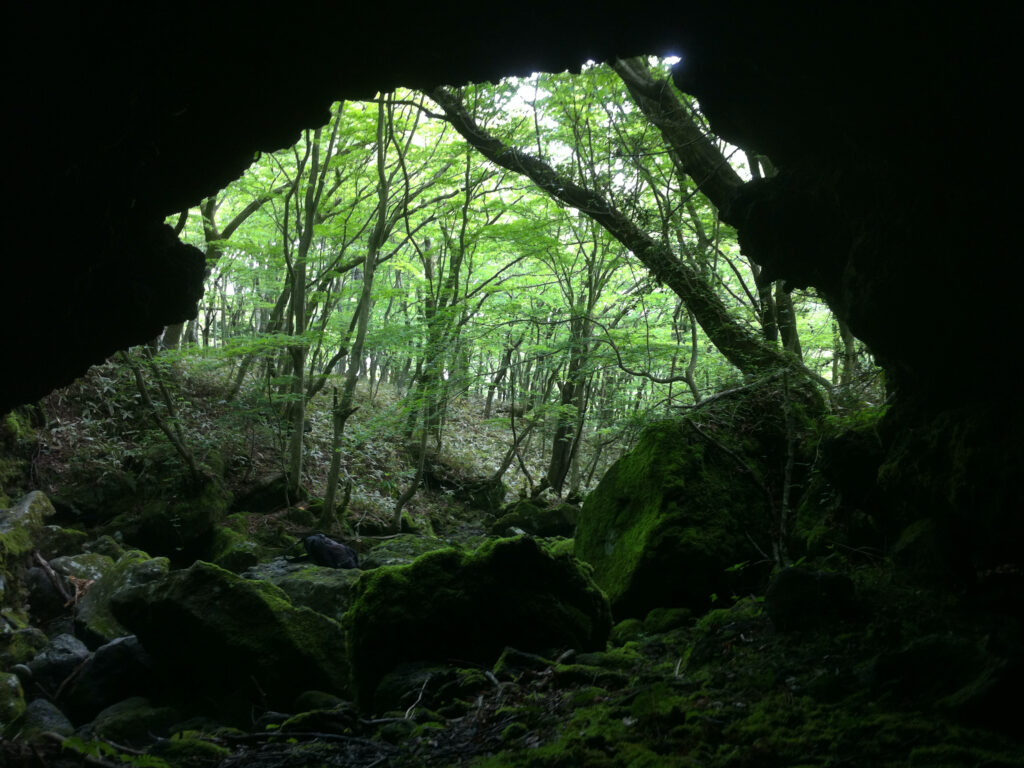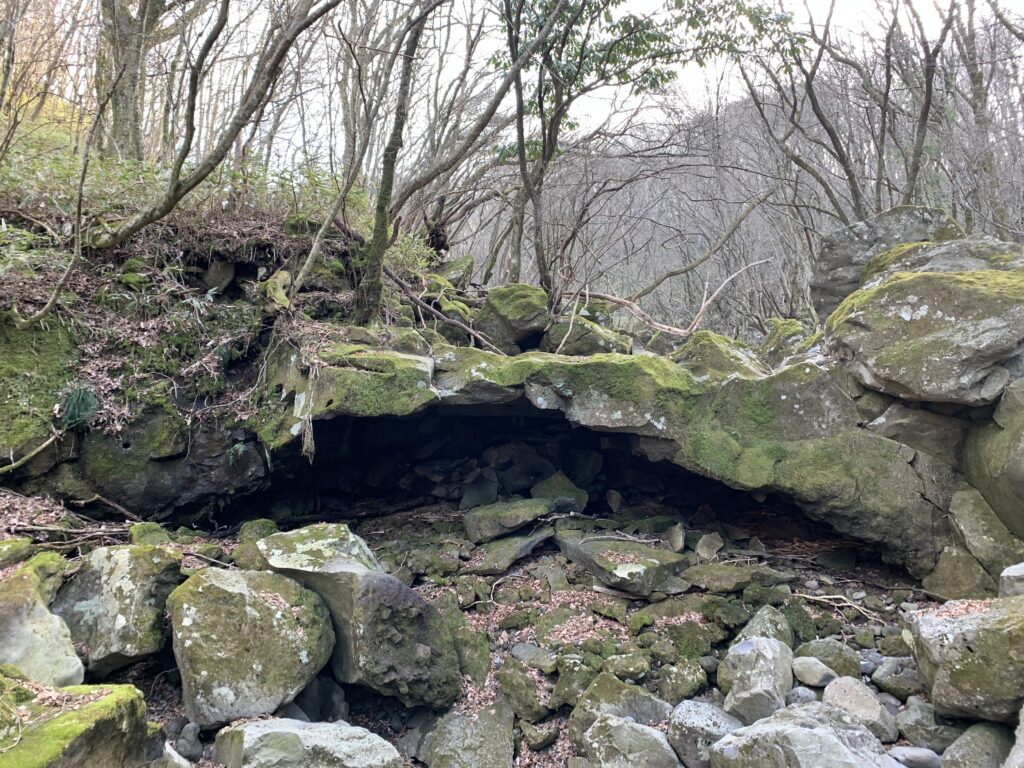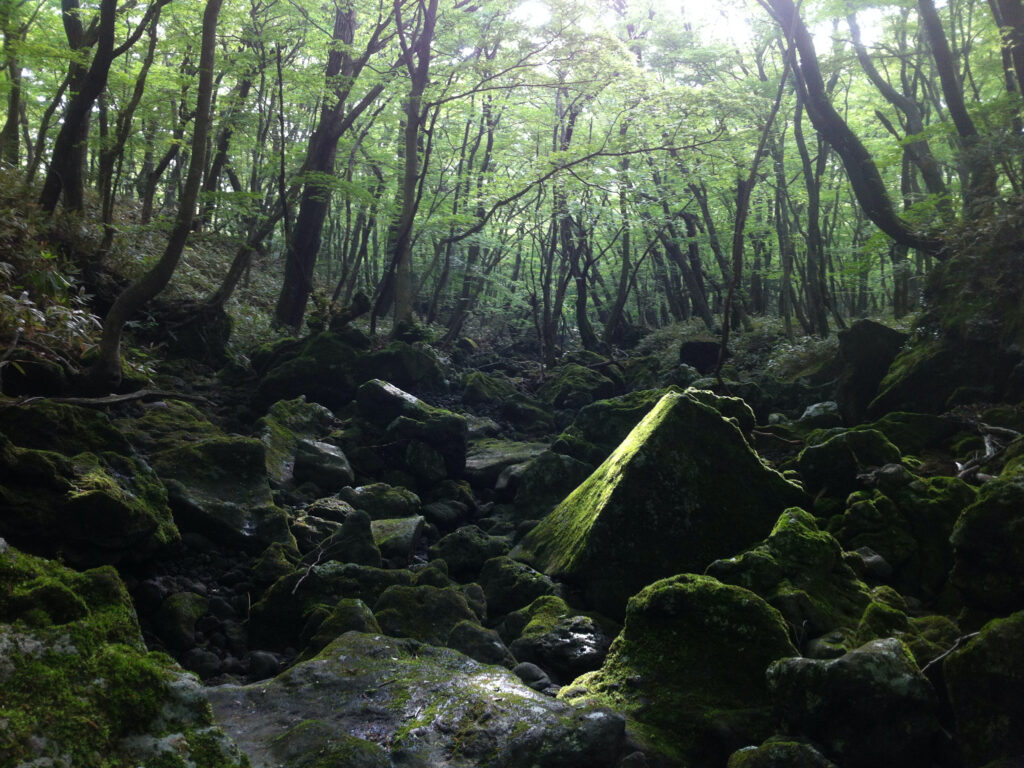During the paleolithic period, meaning “old stone age”, Jeju was not an island. Glaciers covered much of the earth and ocean levels were much lower, so it was connected to mainland Korea, China and Japan. People in what is now Jeju lived in lava tubes and under rock shelters along riverbanks. They gathered food from the seashore, fields and forests, and hunted brown bear and deer. Bones of these animals were found in Billemot Cave in Aewol.

Many of the rock shelters created during Jeju’s volcanic past have fresh water dripping from the ceiling and bubbling up in springs. They are known as “saengsugwe”, meaning “fresh water rock shelters”. One of these sites in Seogwipo excavated by archeologists yielded many examples of the stone tools used by prehistoric people about 25,000 years ago. Contrary to what you might think, the production process was actually quite sophisticated.

Some kinds of rock are better than others for making sharp stone implements. A volcanic rock known as trachyandesite was discovered to be ideal. When you break it in the right way, it forms useful sharp splinters rather than irregular chunks. Archeologists found many stone blades and other sharp stone tools made from this rock, along with the cores left over from the production process. They were used in hunting and gathering, scraping animal hides, and making tools from bone.

Want to see prehistoric artifacts in person and learn more about life in the distant past? Visit the Jeju National Museum!

